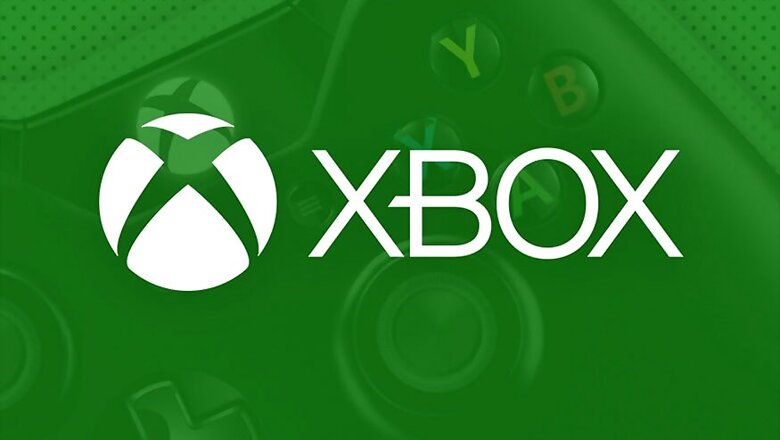
views
The two versions of Xbox's next console, codenamed Anaconda and Lockhart, have had early specifications detailed in an unofficial report, including teraflop computing power (14TF and 4TF), CPU cores and speeds (8 core at 3.5GHz), and operational memory (16GB for Anaconda).
A little under a year out from retail debut, and some core technical specifications for the Xbox Scarlett consoles have been published, courtesy of Windows Central. Though Xbox executives have publicly spoken of Xbox Scarlett as a single console platform, rumors suggest it will launch in two versions, codenamed Anaconda and Lockhart. This new report unrolls that concept in a more detail.
Current specifications for Anaconda peg it at 14 teraflops of computing power and 16GB of operational memory (RAM); 13GB is allocated to games. In comparison, the current Xbox One X flagship -- the world's most powerful console for the time being -- boasts 6 teraflops and 12GB of RAM with 9GB going to games in best case scenarios. Both Anaconda and Lockhart run on an 8 core CPU clocked to speeds of around 3.5GHz ("a bit higher per core" for Anaconda), with fast NVMe Solid State Drives for internal storage that can also perform double duty as virtual RAM.
In addition, though the more affordable Lockhart's 4 teraflops measurement is less than the Xbox One X's 6 teraflops, "it will have capabilities that elevate it further than the X in various ways," with ray-tracing technology and "piles of custom tech Microsoft is planning to bake into these consoles."
Both Microsoft and Sony are building up to big reveals for Project Scarlett and the PlayStation 5; both are planning to release their new console platforms towards the end of 2020. Like Anaconda and Lockhart, the PlayStation 5 is to run on an 8-core architecture. While Windows Central cited multiple anonymous sources, the possibility remains, as always, that the latest report is based on coordinated leaks partially designed to tease out further information from PlayStation staff.
Sony Interactive Entertainment has enjoyed a successful console generation, turning the tables on Xbox's supremacy during the Xbox 360 and PlayStation 3 era. Contributing factors included an initial combination of lower prices, superior technology, a better value membership subscription and the brand's perceived approachability. Xbox, however, has made the most of its underdog position in recent years, adopting several strategies from PlayStation's playbook and committing to them even more fully, diversifying its line-up and gaining a number of reputational wins in the process.



















Comments
0 comment